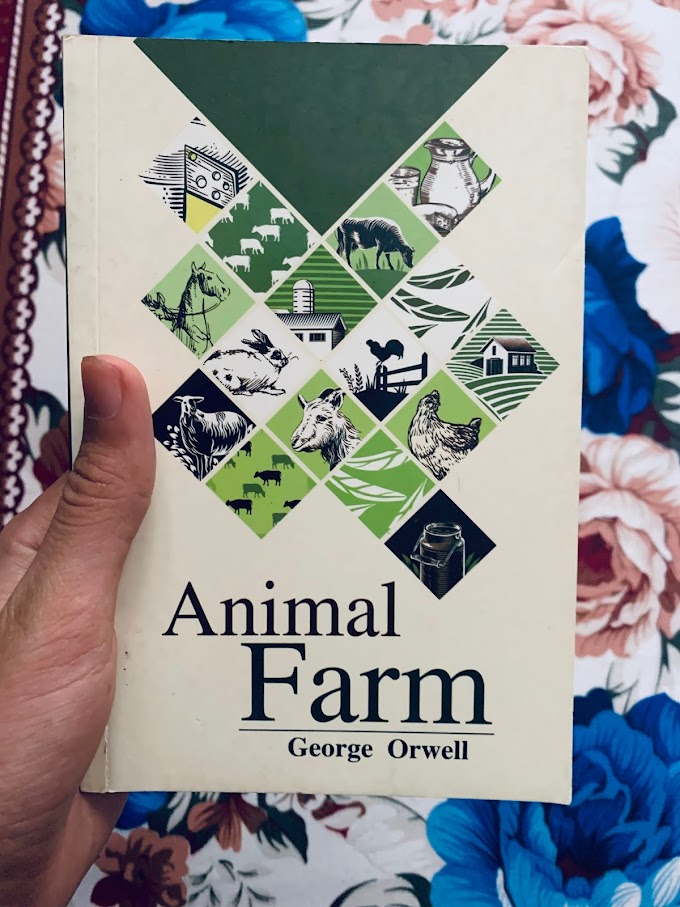The White Tiger by Aravind Adiga Book Review
Name : The White Tiger
Author : Aravind Adiga
Publisher : Harper Collins India
First Published : 2008
Pages : 276
Genre : Novel, Epistolary novel, Mystery, Picaresque Fiction
Language : English
I first found out about The White Tiger by Aravind Adiga when searching the internet about 'Seto Bagh' by Diamond Shumsher which is a famous Nepali historical fiction. In the cover, there was a mark that said 'Winner of the Man Booker Prize'. It instantly excited me and I I bought it shortly afterwards. To tell the truth, the book didn't let me down and to this day is one of my favourite books from Indian authors. Here's my review :
Book Blurb
The white tiger of this novel is Balram Halwai, a poor Indian villager whose great ambition leads him to the zenith of Indian business culture, the world of the Bangalore entrepreneur. On the occasion of the president of China’s impending trip to Bangalore, Balram writes a letter to him describing his transformation and his experience as driver and servant to a wealthy Indian family, which he thinks exemplifies the contradictions and complications of Indian society.
Recalling The Death of Vishnu and Bangkok 8 in ambition, scope, The White Tiger is narrative genius with a mischief and personality all its own. Amoral, irreverent, deeply endearing, and utterly contemporary, this novel is an international publishing sensation—and a startling, provocative debut.
Theme
The book is basically a letter written by a man who regards himself as an entrepreneur to the president of China who is on his visit to India. The man named Balram Halwai explains his life , his journey to become who he is. In his way, he portrays the life of a common man.In the span of 7 days that he writes the letter, Balram explains deeds and misdeeds he did in life. It turns out that the Balram whom we start consider pitying a poor little man is not so innocent as the story progresses.
While we are always shown,whether it be in movies or books , that good always wins over bad, the writer through Balram's life shows that it is not so always in life. Here tragic things happen to 'good' people and fantastic to the not so good ones.
It is very interesting to read the life of people with lower economic status that the high level considers nothing more than servants. Whilst staying true to the story, the writer takes the reader on a journey that shows economic, religious,political aspects and their open truth which is often not spoken.Some scene even dwelve into dark world of prostitution and political supression.
Writing
The writing is very lucid and beautiful. The everyday life of a house servant should have been boring and monotonous, the author has written nothing of that sort. While reading you turn pages without even realizing you are doing so. In flowing the story smoothly, the sense of humor of the author also comes into play. Through characters like Pinky and Ashok, and them laughing at the protagonist Balram, some really sensitive issues are conveyed in a humorous fashion.
But on the other hand, the whole book is not in form of a story but a letter in which stories are told. So, some readers may find it otherwise. Sometimes things are repeated over and over again , like "330 million gods" , or that "Chinese aren't entrepreneurs but Indians are". Although they serve the plot , these repetition can be irritating.
Dialogues
As far as I'm concerned there's no complaining on this aspect. The dialogues are fresh and alive.But at times, things that are peculiar to Hindi can be amusing to hear in English.
My Rating
Cover : 3
Theme : 4.5
Writing : 4
Overall : 4/5
Recommendations
I really enjoyed this and can perfectly understand why it won the coveted Man Booker Prize, a great read indeed. So , I'd like to recommend it to anyone interested in Indian English literature or the life of a lower class person and their struggles.





0 Comments